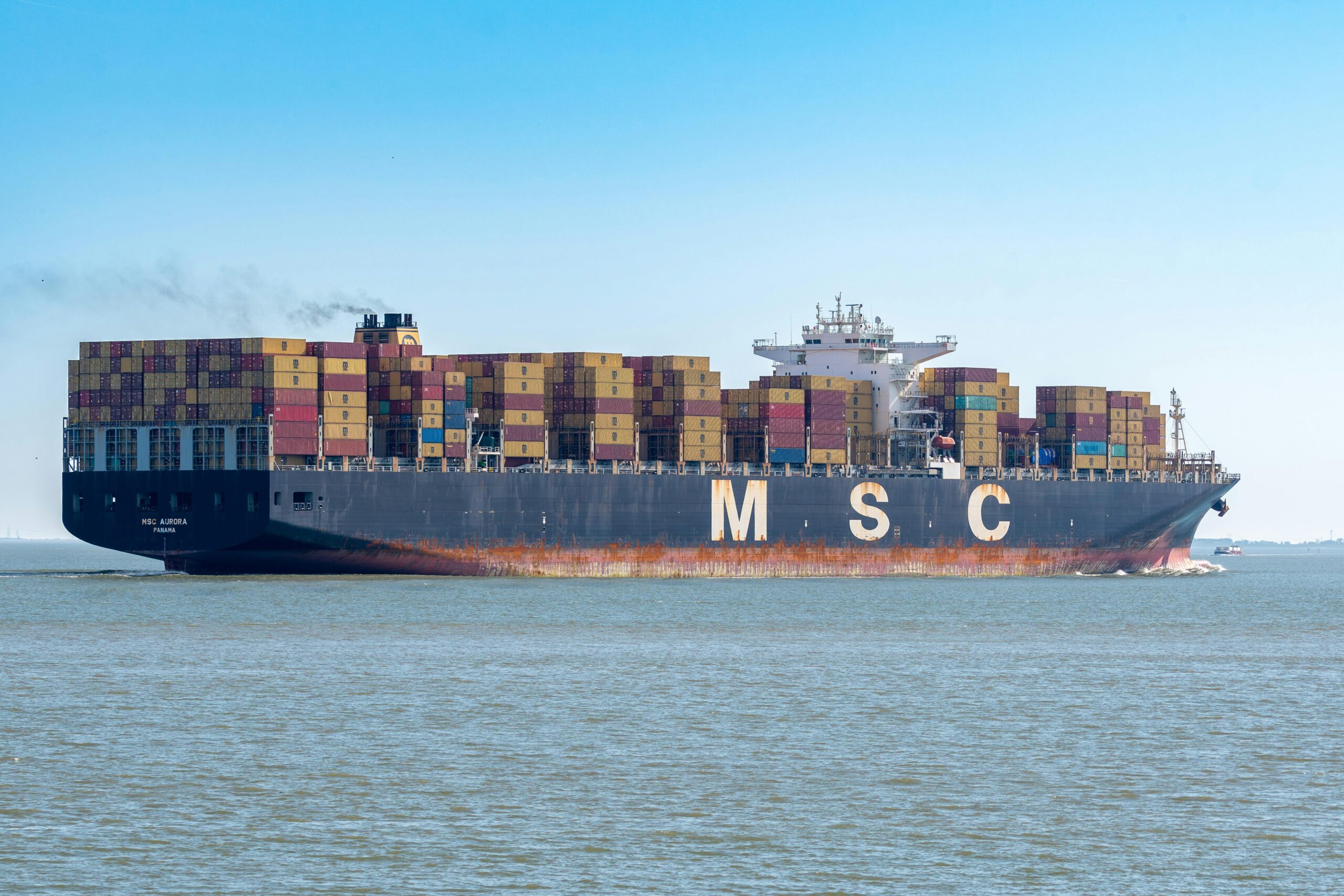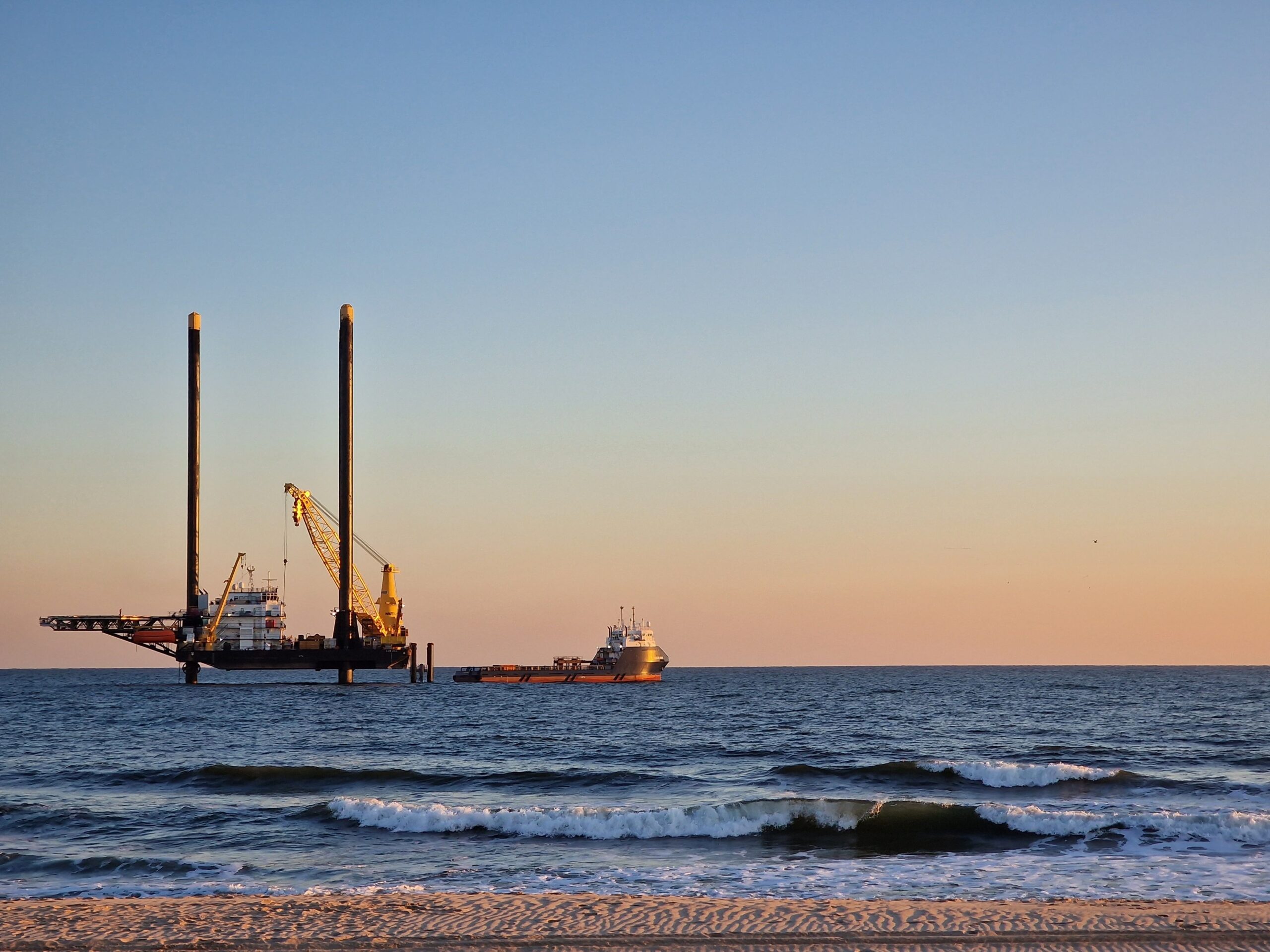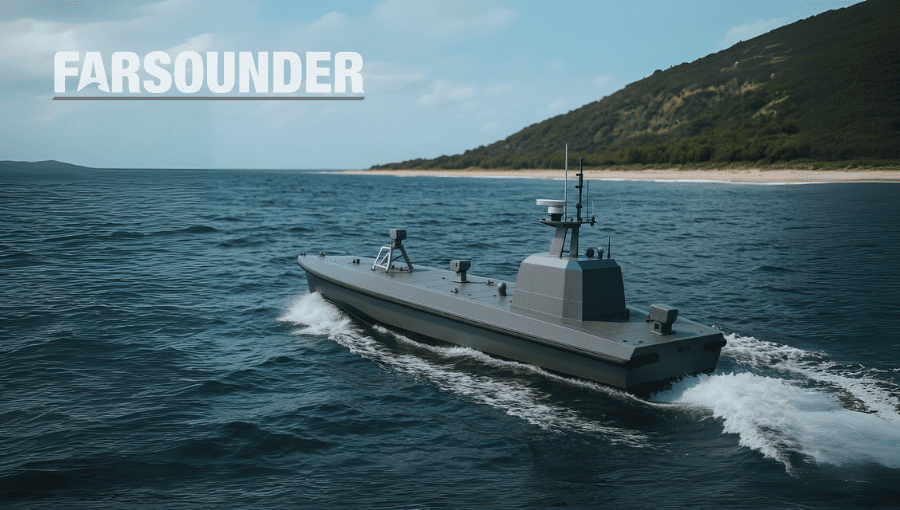“I am indeed lord of the world, but the Law is the lord of the sea. This matter must be decided by the maritime law of the Rhodians, provided that no law of ours is opposed to it.”
- Roman Emperor Antoninus Pius (86-161 A.D.)
Maritime law has governed ships and shipping for the past 2,000 years. While it is assumed that the ancient Egyptians and Phoenicians had some form of basic maritime laws in place, there are no records of these. The first written record of maritime law is attributed to the Greek island of Rhodes and was made by Emperor Antoninus Pius during his reign from 138 to 161 A.D. His words, which are included above, can be found in the Digest (553 A.D.)
Today, maritime law is a combination of some of the oldest legal standards and new regulations designed to address changes as the industry has evolved. Individual nations have their own iterations of maritime law, and 167 are members of the Convention on the Law of the Sea, a United Nations agreement that established international marine and maritime regulations.
As a younger nation, the United States adopted much of its maritime law from England. The first maritime laws were brought to the Americas in the 1600s with the establishment of vice-admiralty courts at major seaports, but it wasn’t until the Judiciary Act of 1789 – after the American Revolution – that federal district courts were granted jurisdiction over maritime law cases, with a “serving” clause that allows state courts to hear certain cases.
Maintenance & Cure
One of the oldest and most important facets of maritime law relates to injuries and deaths at sea. Maritime work is hazardous, and this has made it necessary for old maritime laws to persist just like the challenges and risks maritime workers still face as they carry out their duties. Maintenance and cure is one such principle.
Similar to the idea of workers’ compensation for on-the-job injuries that occur on land, maritime employers are legally responsible for providing maintenance and cure to seamen who become injured in the line of duty. Maintenance covers basic living expenses (food and lodging) while an injured seaman is unable to work, and cure covers the medical treatment a seaman needs to recover.
Some version of maintenance and cure has been around since the first maritime laws, with sea codes from the Middle Ages referring to it as “the common law of the sea.” When the Rolls of Oléron, the maritime laws of France, were brought to England in 1150, these too addressed maintenance and cure. King Richard I formally recognized maintenance and cure during his reign (1189-1199). This law was brought to the Americas and adopted as part of American maritime law after the Revolutionary War.
Today, American seamen are entitled to maintenance and cure for on-the-job injuries and illnesses, regardless of fault. They need not prove negligence or wrongdoing on the part of a shipowner, employer, crew member, or other party to recover benefits.
The Jones Act
While the principle of maintenance and cure covered basic expenses and medical care, injured seamen’s rights were not clearly defined in the U.S. until the 20th century. The Supreme Court made several key decisions in Osceola, 189 U.S. 158 (1903), a case that involved a seaman who was injured aboard the Osceola, allegedly as the result of a negligent order from the master of the ship. After reviewing maritime law dating back to the 12th century’s Rolls of Oléron, the Supreme Court upheld the principle of maintenance and cure and held that injured seamen could sue a vessel and its owner if their injuries were caused by an unseaworthy vessel. If a seaman’s injuries occurred due to negligence, however, the seaman was not permitted to sue. Unfortunately, this decision held for about 20 years.
It was the passage of the Jones Act (the Merchant Marine Act of 1920) that granted seamen the right to sue their employers for injuries caused by negligence. The families of seamen who lost their lives in the line of duty were also able to sue for damages. The Jones Act was a significant step in the right direction for injured seamen and their families, allowing them to seek compensation not only for basic living expenses, lost earnings, and medical care, but for ongoing treatment, pain and suffering, and loss of earning capacity.
If a maritime employer contributes to a seaman’s injury or death in even a small way, they can be held liable under the Jones Act. This is a lower standard than applies to most personal injury or wrongful death cases on land.
The Doctrine of Seaworthiness
Another critical part of maritime law is a vessel owner’s duty to provide a seaworthy vessel. As the Supreme Court held in Osceola, seamen have the right to live and work on vessels that are fit for their intended use. If a vessel is unseaworthy and a seaman is injured as a result, they can sue the vessel owner. This applies even if the vessel owner had no knowledge of the hazard or defect.
A vessel does not have to be leaking or actively sinking to be considered unseaworthy. The doctrine of unseaworthiness can apply to any condition that affects a vessel’s ability to carry out its intended purpose. This might include poorly maintained equipment like deck winches or derricks, a lack of sufficient lifeboats, missing railings, or defective non-skid surfaces on decks.
When Maritime Employers Hide Behind Archaic Laws
As a seaman’s life is still dangerous, there is every reason for some of the oldest maritime principles and customs to apply, like maintenance and cure. Although we have seen many advancements in vessels themselves and the tools and technology we use to navigate them, weather storms, and accomplish some of a seaman’s most hazardous tasks, maritime workers continue to face numerous risks. Some are even heightened because of the advancement of the maritime industry, like offshore drilling operations, the transportation of immense quantities of natural gas and oil, and increased production demand.
Unfortunately, some companies try to hide behind laws that should no longer apply. Congress passed the Limitation of Liability Act of 1851 to protect maritime employers from acts that were out of their control, like heavy storms and pirates. It limited their liability for damages from such events to the value of the vessel. While the Limitation of Liability Act was needed at that time, its use has been outlived.
Today’s vessel owners do not face the same threats of piracy as they once did. Storms can be predicted with more accuracy than ever before. Even so, some maritime employers try to use this archaic law to try to limit their liability when seamen are catastrophically injured or lose their lives. This is a perfect example of when maritime laws are misused or no longer applicable.
Protecting Seamen’s Rights
American maritime law has had the power to protect seamen for hundreds of years, but that does not mean that employers do everything in their power to help injured crew members. It does not mean that vessel owners take care to provide seaworthy vessels and own up to their failures when they don’t. Maritime workers need advocates, people who will make it their priority to help them not only recover after serious accidents and injuries, but who will fight to improve conditions for all seamen.
Arnold & Itkin has stood for maritime workers and their families since 2004. The firm’s trial lawyers have helped after the worst maritime disasters in history, including the Deepwater Horizon explosion and the loss of the El Faro, finding answers for those who were lost and securing unmatched recoveries for those who were harmed most. When big companies try to use maritime laws for their own advantage, ignoring those that protect seamen and hiding behind those that limit their liability, we hold them accountable. No matter what.

 Join The Club
Join The Club










